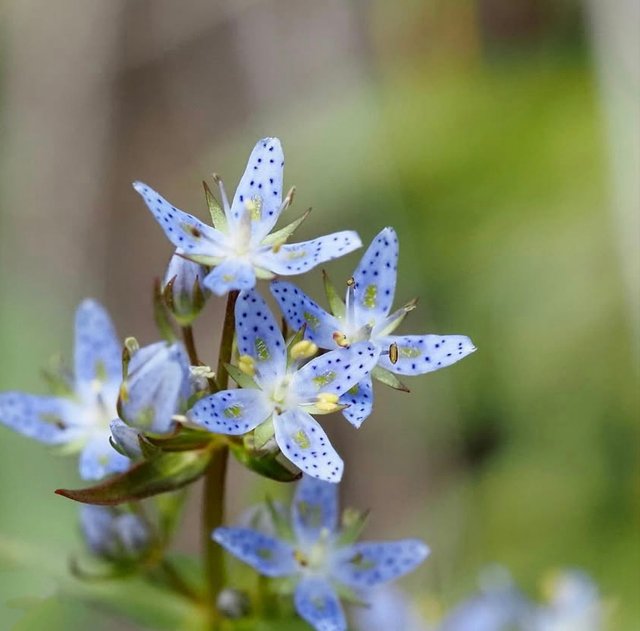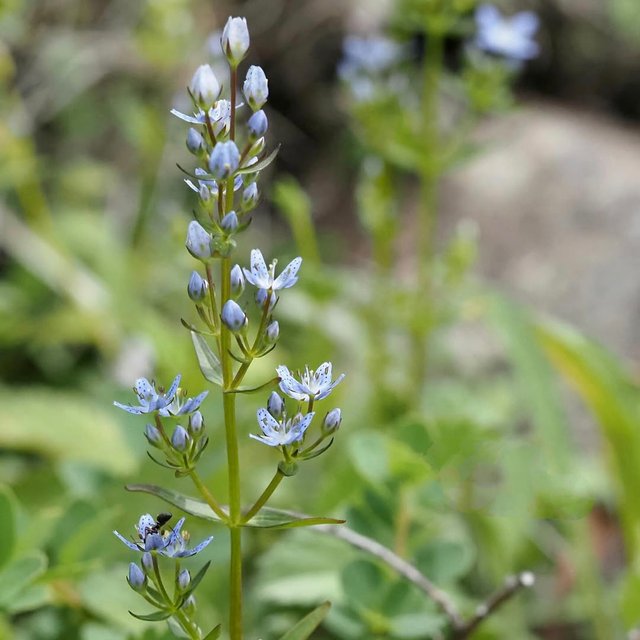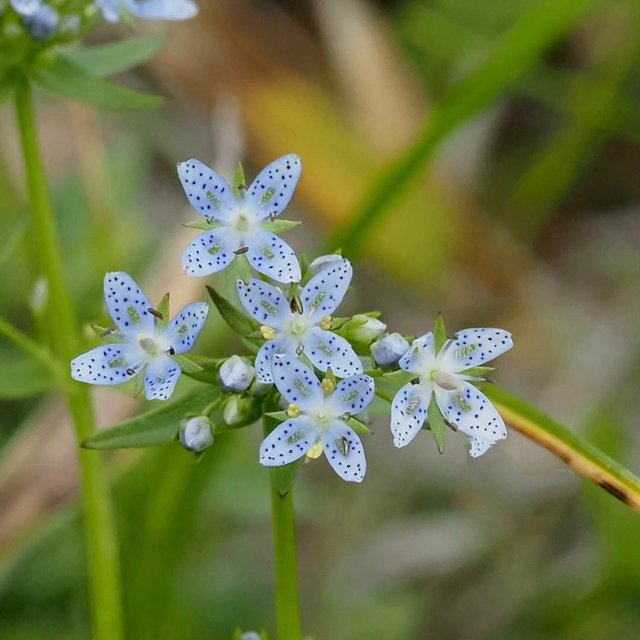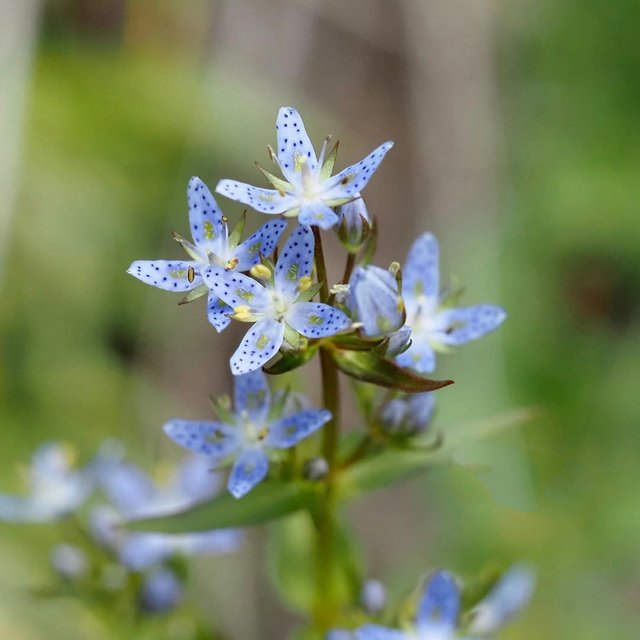Swertia japonica
Swertia japonica is a delicate and fascinating flowering plant native to East Asia, particularly Japan, Korea, and parts of China, and it belongs to the family Gentianaceae, a group known for its bitter medicinal herbs and striking blooms. This perennial herb typically grows in moist meadows, open grasslands, and the edges of forests, thriving in areas with sufficient sunlight and slightly acidic, well-drained soils. The plant usually reaches a height of 20 to 50 centimeters and is characterized by its slender, upright stems and lanceolate green leaves that grow opposite each other, forming a simple but elegant structure. What makes Swertia japonica especially captivating is its small but intricately patterned flowers, which usually bloom from late summer into autumn.
The blossoms are star-shaped, usually about 1 to 2 centimeters across, with four to five petals that are pale purple, lavender, or white, often decorated with distinctive greenish veins and dotted nectar glands that look almost like delicate artwork on each petal. These tiny details give the flowers an ornamental charm that attracts not only human admiration but also various pollinators like bees and butterflies, making it an important plant in its natural ecosystem.
Swertia japonica has been highly valued in traditional East Asian medicine for centuries due to its intensely bitter compounds, particularly swertiamarin and other iridoid glycosides, which contribute to its medicinal properties. It is often used to stimulate appetite, improve digestion, and treat liver-related ailments, as well as being believed to reduce inflammation and fever. The bitterness of Swertia extracts is so pronounced that they have also been used in the production of tonics and digestive bitters, making it a plant with both healing and practical uses. In Japanese folk medicine, it has been regarded as a remedy for general fatigue and stomach discomfort, reflecting the deep-rooted connection between humans and this wildflower.




